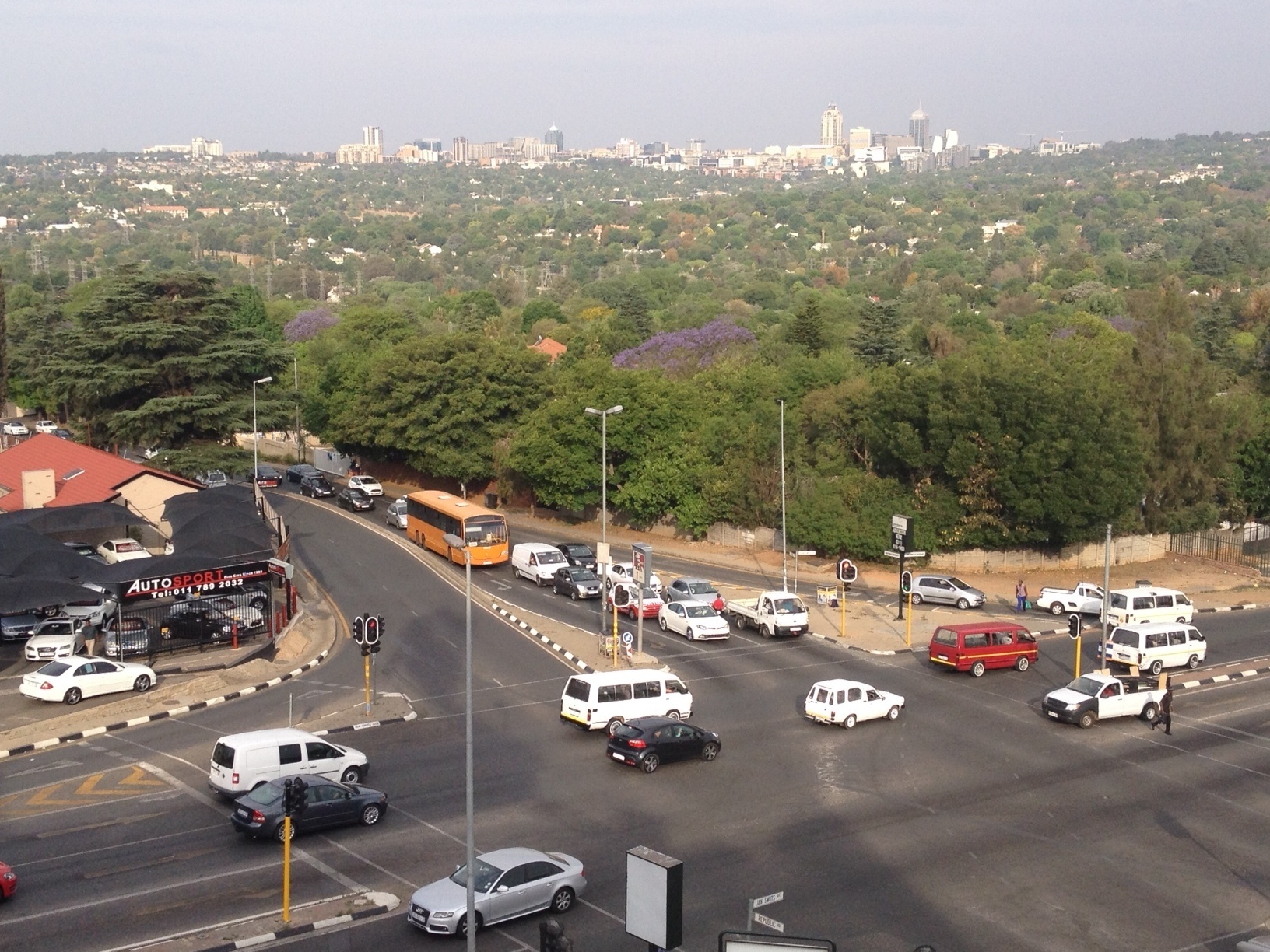a piece of Johannesburg
FC-01x Future Cities (1st Run) - Exercise 1 : "Making the Invisible - Visible"

Uploaded on 2014-10-14 by Bozzie
So the first area of invisible info I would point out would be from the buildings in the built up area, specifically the banking buildings. These are rigged with the worlds best technology and can at the press of a button tell me who works there, where he she lives, how far they commute to get there, what they earn and how valuable they are to the company, so citizen data i would call it. The second would be the residents in the treed suburbs. they will mostly be satellite TV subscribers and have electricity meters that constantly send consumption information. Both these examples are invisible information that can be made visible. Going back to the picture, and the prediction of the increase by 2 billion people into the urban areas, those tall buildings are going to start a rapid growth towards us, so lets see how the invisible data from the banking buildings can be of benefit. 1. It tells me who works there 2. Average age 3. Sex 4. income 5. Living standards 6. where they shop and where they live 7. How they live and average family size. 8. their mode of transport, in our country most employees have at least one car in the family. So if we need to Expand, we need to consider the living lifestyle, we do not want to lose all the trees and just have office parks. We need to use INFORMATION architecture to dissect the invisible information and turn it into useful data. We need to design the space around the person that will need to live and work in the area. and by utilisation of something like the Urban observatory in conjunction with all of our data, we can extrapolate the best way to expand our city into a better liveable urban space. ![][1] [1]: https://edxuploads.s3.amazonaws.com/14133215914680014.jpg